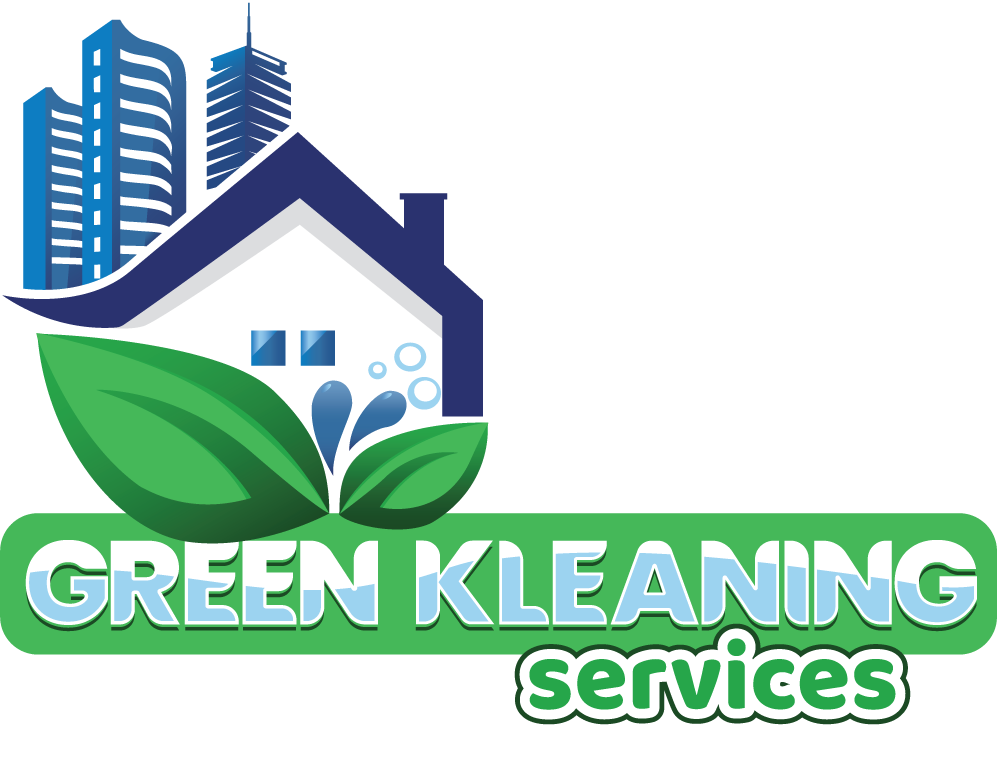2) Choosing the Right Weather Can Affect Carpet Drying
The weather can play a significant role in how quickly your carpets dry after cleaning. Warm, dry weather can help speed up the process, as the water in your carpet can more readily evaporate into the air. Conversely, cold, humid conditions might extend the time it takes to dry.
If you have the luxury of choosing when to clean your carpets, selecting a warm, dry day could be beneficial but cold dry weather can help speed up drying as well. It's most important to consider your home's indoor conditions. This will have the strongest effect on drying times.
If you have air conditioning or central heating, these can will help control the indoor climate and support the carpet drying process.
3) Using Fans to Dry Carpet
Using fans can significantly speed up carpet drying times. The air circulating more efficiently helps to evaporate the water from your carpet more quickly. Stand fans, ceiling fans, or even specialized air movers can be used. The key is to ensure that the airflow is directed over as much carpet as possible to aid in drying.
However, fans alone may not be enough, particularly in humid conditions. The water evaporating from your carpet can increase the room's humidity levels, which might slow down the drying process.
4) Open Windows and Doors
One of the simplest ways to facilitate carpet drying is by opening your windows and doors. This allows fresh air to circulate in the room, which can help speed up the drying. However, this method depends heavily on the weather and ambient humidity.
On a dry, sunny day, opening windows and doors can significantly decrease drying time. However, on a humid or rainy day, it might be more effective to use air conditioners or dehumidifiers to reduce indoor humidity.
5) Use Of Dehumidifiers To Aid Drying Time
While fans can help by moving air over the surface of the carpet, dehumidifiers assist by reducing the amount of moisture in the air, thereby making it easier for the water in the carpet to evaporate. If you live in a particularly humid climate, using a dehumidifier can make a significant difference in your carpet's drying time.
However, remember that while fans and dehumidifiers can speed up the process, they can't replace the importance of properly extracting as much water as possible during the cleaning process. Therefore, the use of professional carpet cleaners with high-powered extraction equipment is always a good idea.
6) When To Use A Heater
Using a heater to dry your carpet can be beneficial, particularly in cold weather. However, it's important to use this method carefully. Too much heat can damage your carpet, particularly if it's made of synthetic fibers. If you choose to use a heater, make sure to keep a safe distance from the carpet and use it in combination with fans to distribute the warm air evenly.
7) Using Your Air Conditioner To Dry Carpet
Air conditioning can be a powerful tool in carpet drying. Circulating cool, dry air throughout the room can effectively reduce the room's overall humidity level, thus accelerating the drying process. It's especially useful in hot, humid climates where evaporative cooling might not be as effective.
Remember, though, that this method might increase your energy consumption, so it should ideally be used in combination with other drying methods like fans and dehumidifiers for maximum effectiveness and efficiency.





